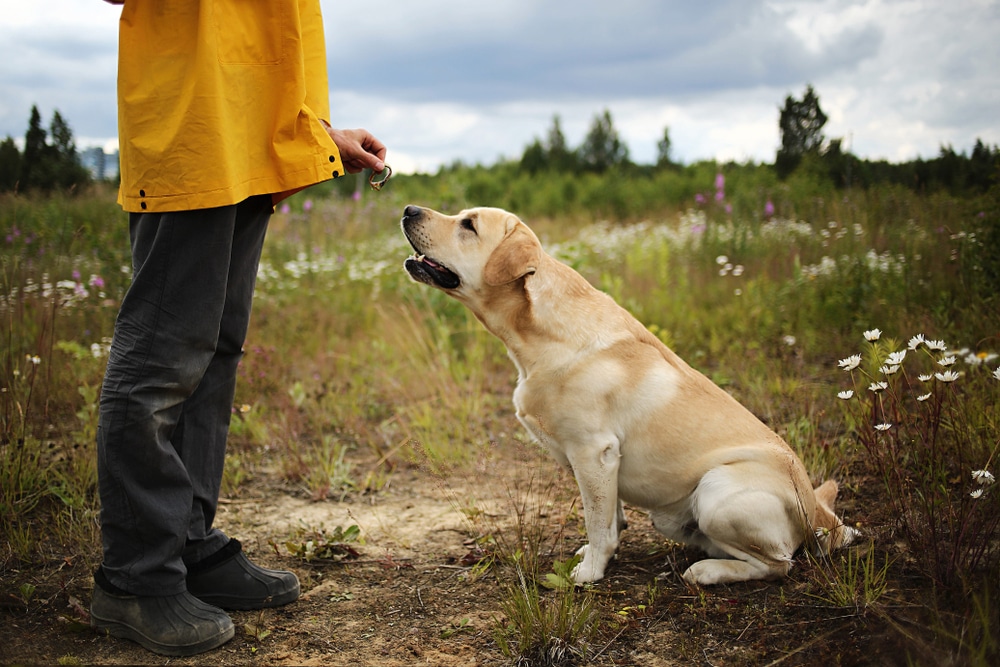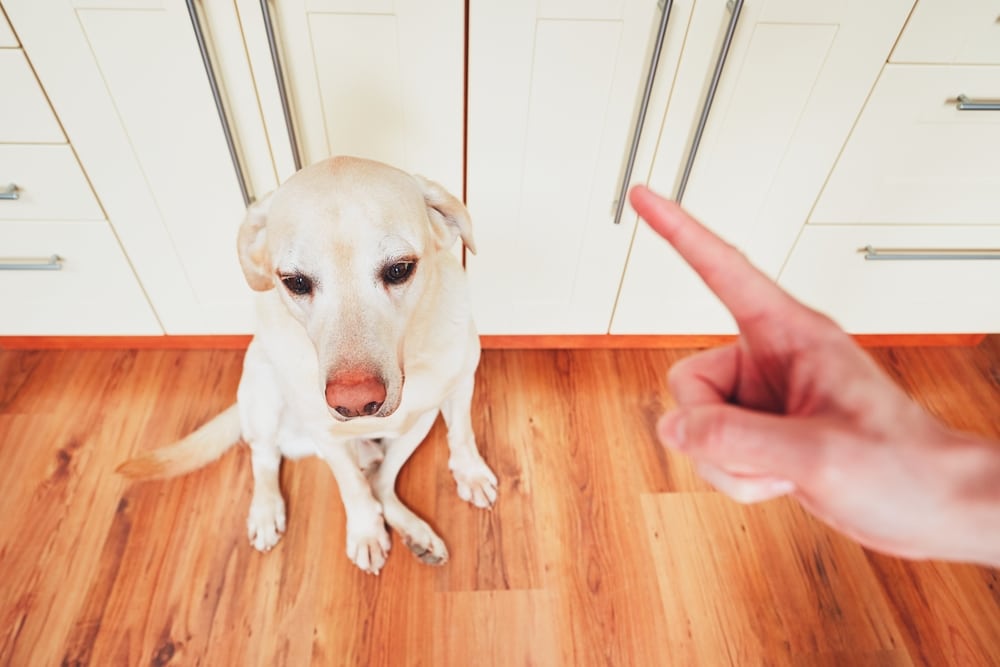Dogs are descended from wolves and live in packs like wolves, as we all know. Dogs require special training to socialize. Socialization and proper training are the foundations to discipline a dog. It is in the nature of dogs to get hostile when they meet new people and dogs, so how do you discipline a dog to stop this?
Disciplining a dog requires different training methods and techniques of positive reinforcement. A professional dog trainer can help you train your dog for discipline, but you can also do it yourself with the right approach from your veterinarian or trainer. Well-trained dogs are always courteous and friendly. They get along well with people and other pets.
Table of Contents
Dog Obedience Training

It’s a good idea to teach your dog obedience training. It may also be advantageous because it will not be boring, and your connection will become even closer as a result.
If you have a dog or are thinking about getting one, you should be aware of its unique needs, which include feeding, grooming, entertainment, training, and safeguarding it. It’s a thrilling experience to bring a dog or puppy home.
Ignore The Aggressive Behavior Of Dogs
When puppies/dogs bite a litter mat quite hard, they usually scream loudly and quit playing right away. They learn how much is too much and how hard is too hard through this process. When giving your dog obedience training, apply the same method. Fold your arms and move away from your dog for 5-10 seconds, ignoring them.
It may be necessary to leave the room in some situations. After an aggressive behavior or bite, use this strategy to train your dog that when they bite or behave aggressively, the fun and playtime will be over.
Encourage Positive Behavior Of The Dog And Avoid Physical Punishment
It’s just as vital to reward good behavior as it is to discourage aggressive behavior. When a dog is punished for a particular action, it learns to avoid it in the future. However, when you give a dog a treat, it will repeat the behavior in order to receive the treat.
When you apply physical punishment to your dog, you’re sending the message that aggression or bad behavior are valid ways of communicating. If you don’t want your dog to behave aggressively, you can’t make it stop by punishing it.
Punishment can only lead to anxiety, fear, and aggression. Because the use of aggression fosters aggression, the punishment can turn a naughty dog into a severely troubled pet.
Training Methods To Discipline A Dog
Professionals say there are two main approaches to training a dog: discipline technique and reward-based method. In the reward-based strategy, the dog is rewarded for the behavior you prefer, but in the disciplinary method, the dog is punished.
Owners use the aversive-based method, also known as discipline training, when you don’t like the dog’s behavior, such using as loud, unwelcome words or adopting a certain physical posture. The reward-based strategy is when you give your dog a treat for doing the desired behavior.
Socialization Of A Dog
Pet parents want their dogs to get along with other dogs and people. Dogs can damage other people and dogs because of a lack of socialization. Dog owners do not want this from their pets. The first three months of a dog’s life are crucial for socializing.
They are ready to learn new things at this point. When your dog matures, you will notice the results if you provide it with proper social training. The goal of socialization is to prevent your dog from becoming afraid of other dogs, strangers, youngsters, or traveling in a car.
Positive socializing enables dogs to maintain their normalcy in a variety of situations. Here are some suggestions for socializing your pets:
- Introduce new places, voices, and smells to your dog.
- Include your family in the process.
- Take small steps while walking with your doggy.
- Take it out in public.
Playing And Exercise
Dogs must maintain their health. Exercise reduces the chances of a heart attack or stroke. It might be challenging to obtain enough exercise for our dogs and us at home, though. As a result, lack of exercise can cause irritability, excessive barking, and other health problems.
You should give dogs sufficient exercise as much as you can, which relieves their nervousness. For dogs, the most important things are entertainment and exercise. Muscles and bones require exercise to function properly.
Groom Your Dog
Grooming refers to the dog’s hygienic care and cleansing. It is a multifaceted process that includes more than just shampooing and trimming. Grooming is not the same for all dogs; it varies according to the breed. The skin, teeth, glands, hairs, coats, nails, and ears of different dog breeds differ. Here are some basic grooming steps for your dog:
- Get the right essentials for grooming.
- Brush and clean the teeth gently and regularly.
- When necessary, give a bath.
- Trim the nails regularly.
- Don’t forget to clean the ears.
Enough Naptime
Normally, mature dogs sleep from 8 to 12 hours per day. It’s important they get enough sleep. Rest and naps are beneficial to dogs’ physical and emotional wellness. They become cognitively disturbed if they do not have enough time to sleep.
What To Do When A Dog Growls And Bites?
If your dog growls, it is telling you it doesn’t want to be in a certain situation and they require your assistance. Finding out what’s bothering your dog is the best method to stop it from biting.
It’s better to treat the underlying issue rather than punish them for growling and biting. Puppies also growl when they are playing. You might want to consider spending some time training your puppy to think biting is not acceptable.
Adore Your Dog And Be Consistent With Discipline
There are a variety of techniques to positively discipline your dog. While it can be frustrating to try to discipline a misbehaving dog, you want to do so in the most efficient way possible. Always keep in mind your dog is still learning and may have experienced a past trauma that produces one or more behavioral issues.
So, have patience and affection in how you discipline your dog. Each dog is unique and learns at its own pace, so, be patient, consistent, and positive. If you devote yourself to training your dog, you’ll be surprised at how quickly it learns to form positive bonds, even in the most challenging situations.
Conclusion: How To Discipline A Dog?
The learnings and behaviors a dog inherits from its parents are referred to as “instinctive intelligence.” This behavior of dogs cannot be changed, though, but it can be refined. Adaptive intelligence refers to a dog’s ability to learn from its environment and surroundings.
The ability of dogs to learn the commands and directives you teach them is referred to as obedience, discipline, and working intelligence. You should concentrate on obedience training if you want your dog to be disciplined.
So, what do you think about disciplining your dog? What technique are you ready to try first? Also, got any tips of your own? Let us know in the comments below!
